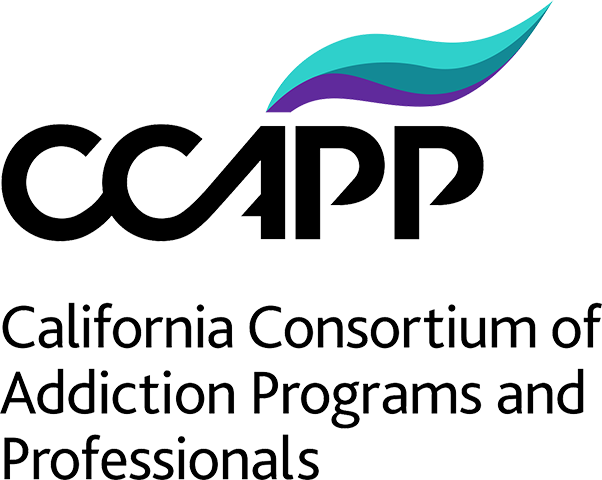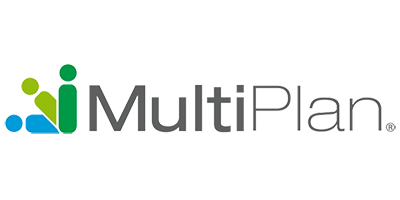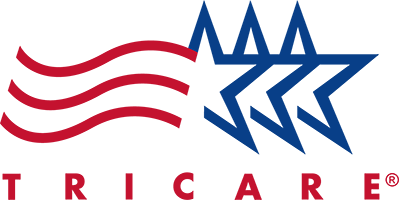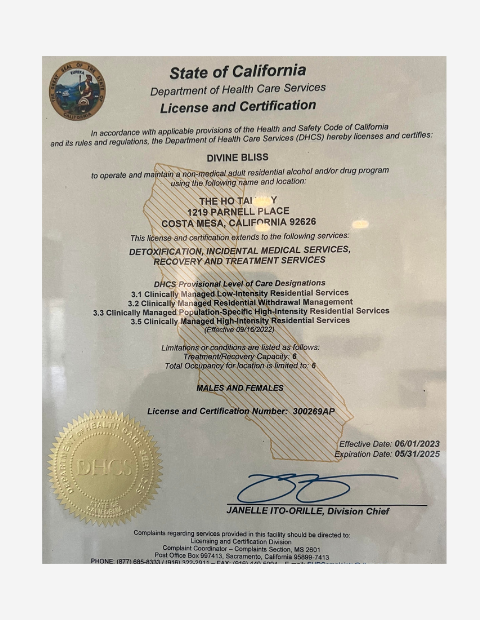If you have ever tried to navigate Southern California freeway traffic, you may have consulted an app to help you determine which route is fastest. The app will show you where there may be accidents or other areas where traffic is congested, as well as any freeway closures.
Now imagine if you had something that could magically find those congested areas and then open them up so traffic would flow freely again. That is how neurofeedback, or EEG biofeedback, works in your brain. It goes straight to the source to clear the pathways in your brain to help re-establish normal regulation again.
What Happens to the Brain During Addiction
During active substance abuse, there are many things that occur in your brain. One of the consequences is that brain pathways can be altered or disrupted, which impacts your brain function. These disruptions, like an accident or freeway closure, do not allow the proper connections to be made and do not allow your brain to flow freely.
Similarly, specific mental health diagnoses have also been found to have similar pathway disruptions in the brain, which also affect the brain’s ability to regulate and function in healthy ways. When these pathways are able to be cleared and regulation restored, mental health improves.
What Neurofeedback Can Do to Help With Regulation in the Brain
Neurofeedback, or EEG biofeedback, uses noninvasive electrical impulses via electrodes attached to your head to create a virtual map of your brain. From this map, the technician can identify the areas of the brain that are experiencing pathway disruptions or dysregulation.
Once these areas of dysregulation are identified, the technician can use audio or visual stimuli to help return the brain waves to normal levels, clearing the pathways and restoring regulation in those areas of the brain. You are a part of this process, working with the technician to help restore regulation in your brain.
Why Going Straight to the Source With Neurofeedback Helps With Addiction
While so many other treatment modalities seek to heal from the outside in, neurofeedback goes directly to the source: your brain. Where the addiction has had a direct impact on brain function is the same place you are receiving treatment. This helps to create effective and lasting healing from the effects of addiction directly at the source of the problem.
Your brain is the control center for your body; when your brain is healthy, your body is more likely to be, as well. Studies have shown a direct correlation between the use of neurofeedback and improvement in patients struggling with addiction.
Because your brain is also the source of cravings, healing the brain at the source helps to reduce those cravings, which is also a tremendous blessing in recovery. One study published by Association for Applied Psychophysiology and Biofeedback focused on opioid addictions and found neurofeedback to help reduce cravings in patients who received the treatment. Neurofeedback is also helpful in reducing cravings for other types of substances as well.
Giving Yourself Control of Your Healing Process
Not only does neurofeedback help improve regulation in the brain, but it also improves your cognitive awareness, effectively training you to help recognize when you are experiencing dysregulation and take control of your brain’s regulation for mental wellness. Increasing your awareness of when your brain is functioning well and when there is dysregulation is like developing a superpower that will help you to maintain your recovery and prevent future relapse.
This training takes time and a lot of practice and will take longer for those who have used substances for longer or have more severe mental health diagnoses. Learning to work with the neurofeedback technician helps to increase your awareness over time and also helps to make you more aware of the images and sounds that can help restore regulation in your brain.
Using Neurofeedback Successfully With Other Treatments for Addiction
There is no one single answer for healing from addiction; instead, you can develop an individualized treatment plan that is based on using many different forms of treatment. Neurofeedback is most successful when used in conjunction with psychotherapy, education, and other forms of treatment chosen specifically for your healing. Each form of treatment is essential, like pieces of a puzzle that, when put together, will display your recovery journey.
When you take time to heal from addiction, you also learn about relapse prevention, and neurofeedback is a powerful tool to help in your relapse prevention plan. Because neurofeedback goes straight to the source and helps to reduce cravings at the source, you are helping to prevent relapse with each neurofeedback treatment.
Using neurofeedback to go straight to the source to heal the brain promotes mental wellness. Because the pathways in the brain can become blocked when struggling with addiction or mental health disorders, neurofeedback works to clear the pathways and restore regulation at the source. This helps to reduce cravings and helps you learn to recognize when there is dysregulation in your brain, giving you control in your healing process. The Ho Tai Way – Recovery For Women uses neurofeedback and evidence-based treatments to create an individualized treatment plan for your healing. Our detox and residential treatment facility for women with addiction in Costa Mesa, California, is a peaceful refuge for your healing process. We offer trauma-informed care to give you a safe place to find your way again. What else would you like to know about neurofeedback? Call us at (714) 581-3974 today to learn more.









